
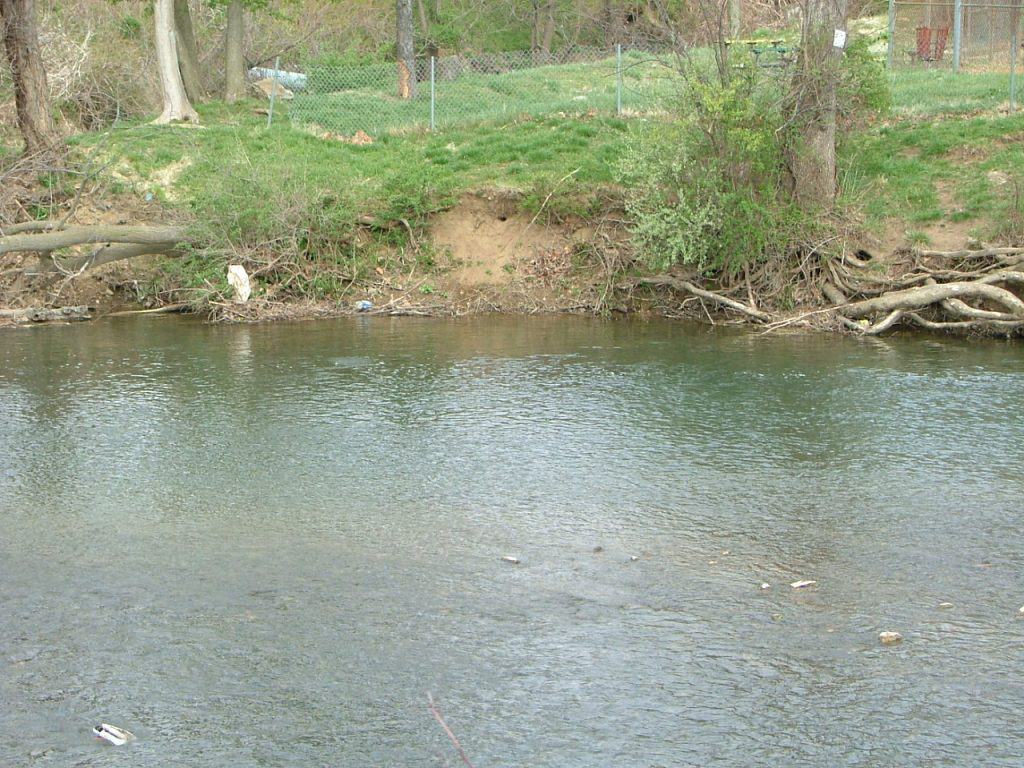
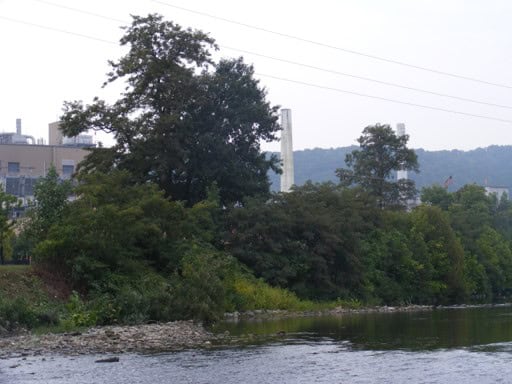
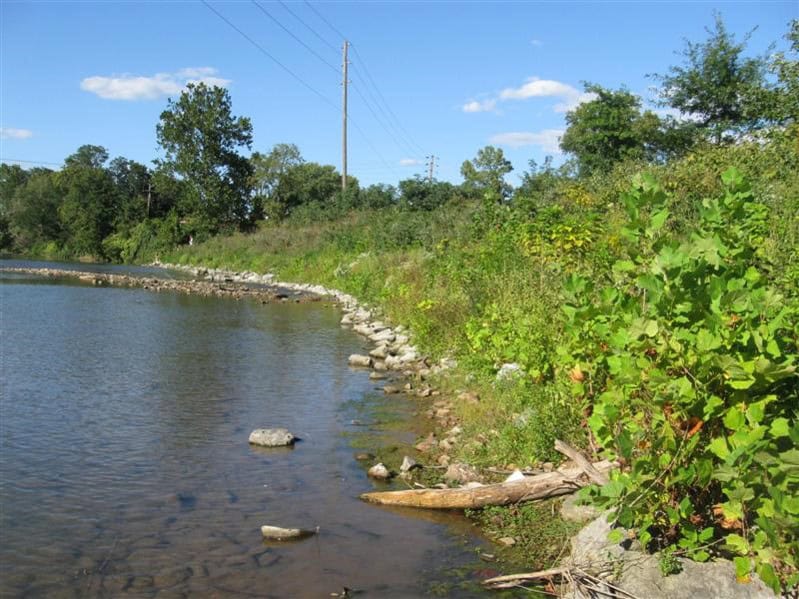
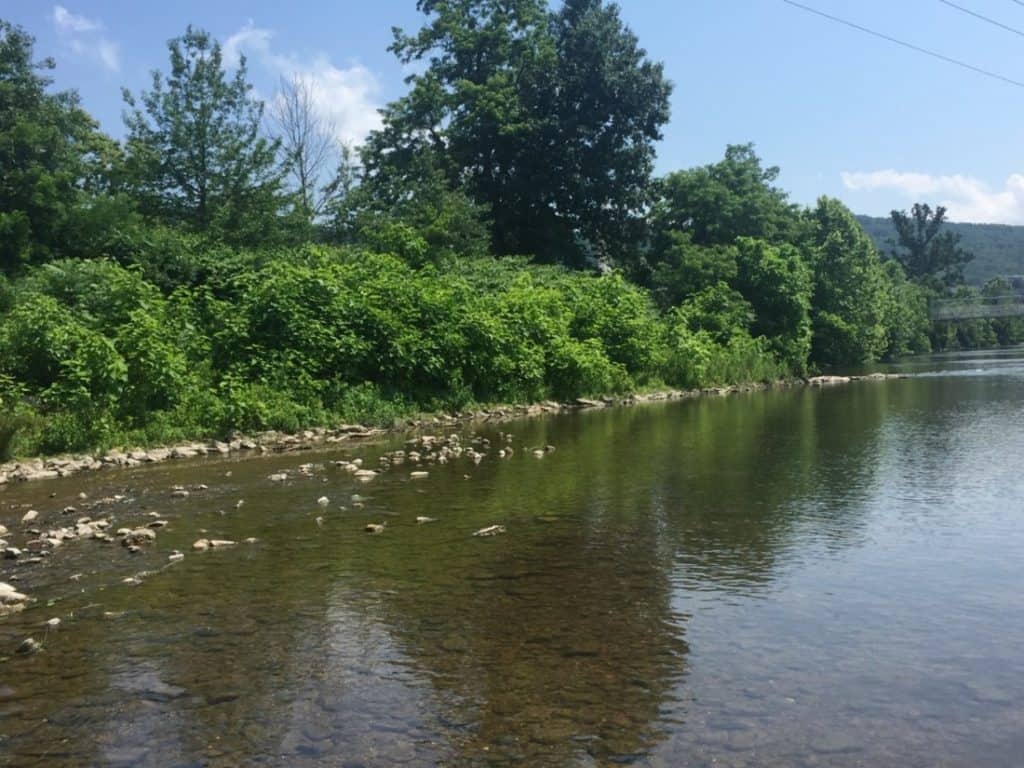
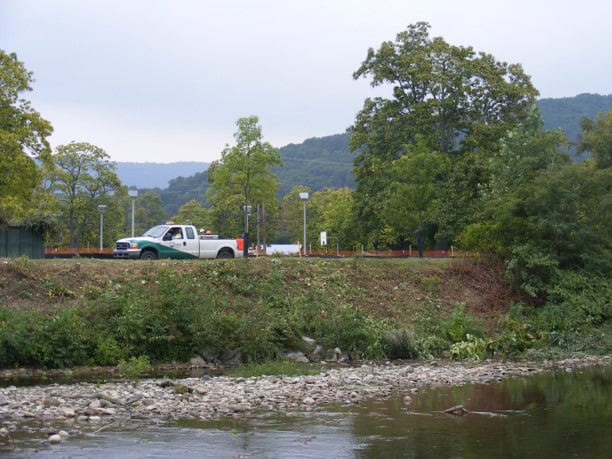
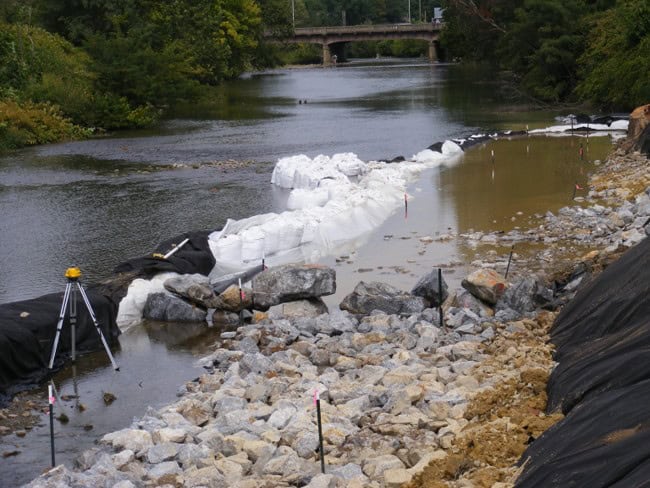
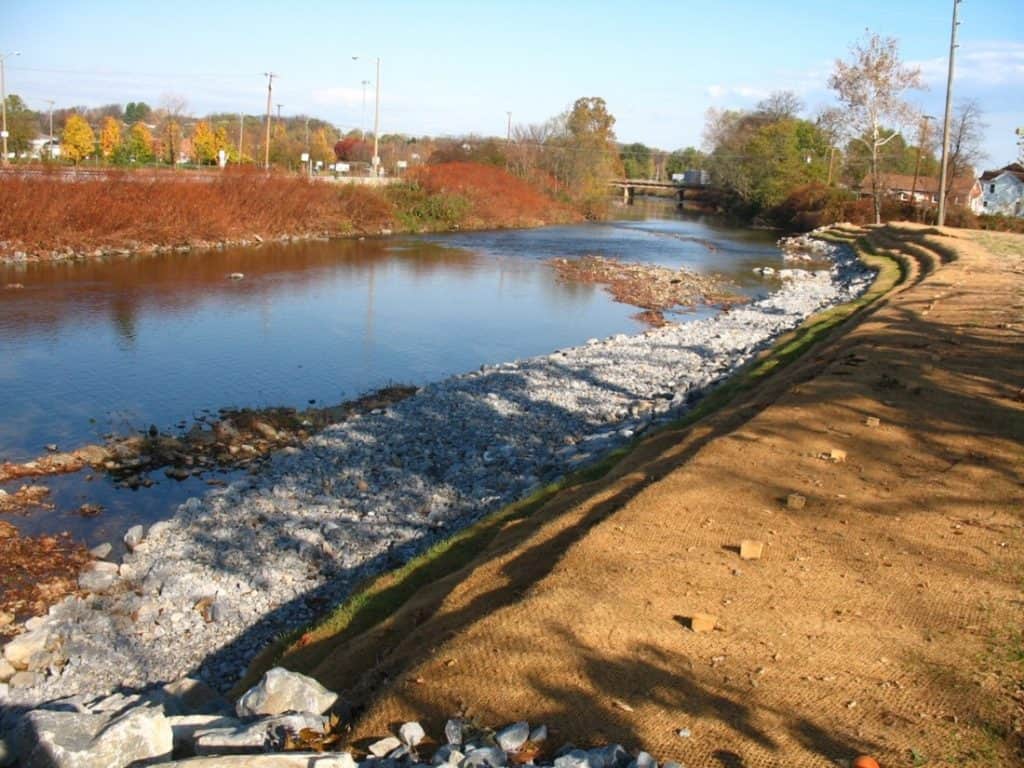
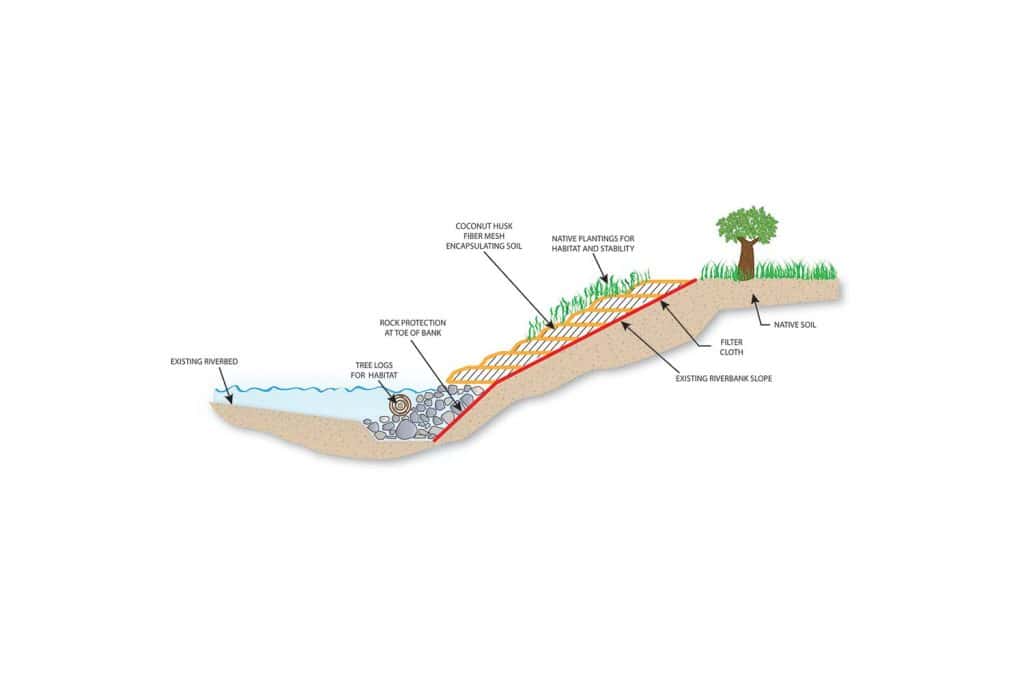
Mercury concentrations in sediment, pore water, and Asiatic clam samples collected along the Pilot Bank have steadily declined following the completion of the project in 2009. In fact, inorganic mercury concentrations in pore water have decreased by more than 90% in this time.

South River Watershed Coalition is a 501(c)3 charitable organization. Contributions to qualified 501(c)(3) organizations may be deductible as charitable contributions on a donor’s federal income tax return. Tax ID # 92-2890008